 Technology
Technology  Technology
Technology  Humans
Humans 10 Everyday Human Behaviors That Are Actually Survival Instincts
 Animals
Animals 10 Animals That Humiliated and Harmed Historical Leaders
 History
History 10 Most Influential Protests in Modern History
 Creepy
Creepy 10 More Representations of Death from Myth, Legend, and Folktale
 Technology
Technology 10 Scientific Breakthroughs of 2025 That’ll Change Everything
 Our World
Our World 10 Ways Icelandic Culture Makes Other Countries Look Boring
 Misconceptions
Misconceptions 10 Common Misconceptions About the Victorian Era
 Mysteries
Mysteries 10 Strange Unexplained Mysteries of 2025
 Miscellaneous
Miscellaneous 10 of History’s Most Bell-Ringing Finishing Moves
 Technology
Technology Top 10 Everyday Tech Buzzwords That Hide a Darker Past
 Humans
Humans 10 Everyday Human Behaviors That Are Actually Survival Instincts
 Animals
Animals 10 Animals That Humiliated and Harmed Historical Leaders
Who's Behind Listverse?

Jamie Frater
Head Editor
Jamie founded Listverse due to an insatiable desire to share fascinating, obscure, and bizarre facts. He has been a guest speaker on numerous national radio and television stations and is a five time published author.
More About Us History
History 10 Most Influential Protests in Modern History
 Creepy
Creepy 10 More Representations of Death from Myth, Legend, and Folktale
 Technology
Technology 10 Scientific Breakthroughs of 2025 That’ll Change Everything
 Our World
Our World 10 Ways Icelandic Culture Makes Other Countries Look Boring
 Misconceptions
Misconceptions 10 Common Misconceptions About the Victorian Era
 Mysteries
Mysteries 10 Strange Unexplained Mysteries of 2025
 Miscellaneous
Miscellaneous 10 of History’s Most Bell-Ringing Finishing Moves
10 Iniquitous Facts Kept Out Of The History Books
Here at Listverse, we like to remember that history is full of bizarre, obscene, and depraved moments that you’ll rarely get to hear from the teachers at school. Sure, they’re scandalous, but that’s what makes them fun—and interesting.
Some people would prefer an idealized, sterile version of events without all the sex, violence, and corruption, but it would simply be a fantasy and a boring one at that. We don’t believe in that philosophy. Enjoy!
10 How To Succeed As A Coroner In New York City

The Office of Chief Medical Examiner of the City of New York (OCME) has some of the finest pathologists in the United States, but it wasn’t always like this. The office comes from shameful and corrupt beginnings.
During the mid- to late 19th century, New York had several coroners who worked independently of each other and their numbers grew in line with the city’s population. There were two major problems with the operation. First, the position was elective but typically awarded through corruption to people who were in no way qualified for it. Second, it paid by the body. This alone turned some coroners into body snatchers willing to go to ghastly extremes for their emoluments.
In several instances, multiple coroners and their lackeys engaged in public fights to lay claim to a corpse. Other times, they insisted on performing impromptu, unnecessary autopsies in front of the families so they could bill the state. Any family members who protested were threatened with inquests and arrests. The coroners were in league with cronies who served as their juries and insurance companies who rewarded them for rulings of suicide so that the policies didn’t pay out.
Things kept getting worse until John Purroy Mitchel became mayor of New York in 1914 and instituted widespread reforms. He commissioned a scathing report which revealed that, of the 65 people who had served as coroner since the city’s consolidation, none were qualified and only 19 even had medical training. Others were mostly politicians, undertakers, and real estate dealers, but there were also a few plumbers, a woodcarver, a musician, and a milkman.[1]
9 Where Hickok Got His Bill
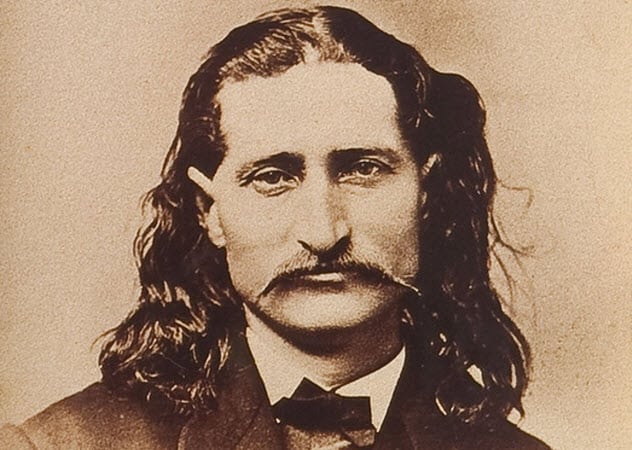
The McCanles Massacre remains a mystery of the Old West. All we know is that three people were killed and “Wild Bill” Hickok did most of the shooting. Some say that the victims, David McCanles and his two sidekicks, were a criminal gang intent on murder. Others say the three were unarmed and gunned down without provocation.
Whatever the truth might be, the shoot-out is considered Hickok’s first gunfight. It also may have been the genesis of his famous nickname. Before this, he was simply called “Bill,” but McCanles took to derisively naming him “Duck Bill” due to his protruding lips and long nose.[2]
Hickok hated this. So, after the shooting, he grew out his mustache to hide his upper lip and started calling himself “Wild Bill.” He went back to his birth name, James Hickok, for a while after that, and his last name was occasionally misspelled as “Haycock” or “Hitchcock” in official records.
8 Charles Babbage Almost Drowned Himself
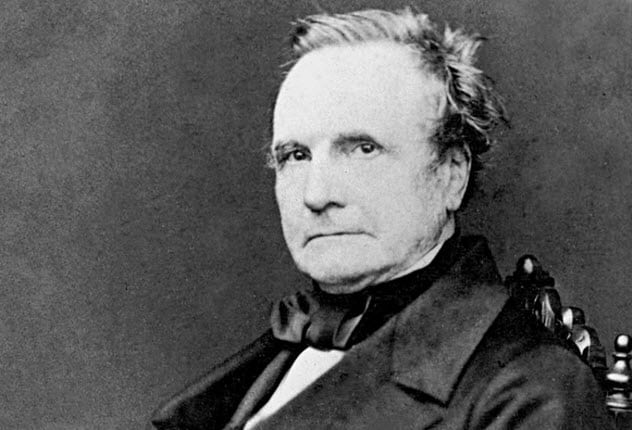
Charles Babbage is primarily remembered today as the “father of the computer.” He designed the difference and analytical engines which are regarded as primitive forms of the earliest mechanical computers.
Like other polymaths, his penchant for inventing started at an early age, and when he was 16, it almost killed him. As a young boy, Nikola Tesla thought he could fly by hyperventilating and injured himself by jumping off a roof. Babbage did a similar thing, except his goal was to walk on water.
While swimming in the River Dart near his family home, a teenage Charles surmised that he could build a simple mechanism that would allow him to walk on water or at least maintain a vertical position with head, arms, and shoulders above it. Babbage took two wooden boards and connected them by hinges which were themselves fixed to the sole of his shoe.[3]
He was hoping that the boards would remain flat when putting his foot down, thus giving him extra push against the water. Conversely, the hinges would ensure that the boards folded when lifting his foot and not cause any hindrance.
According to Babbage’s memoir, his idea worked at first and he could stay vertical with only a slight exertion of force. However, one of the hinges stopped working, he turned lopsided, and he could only swim in a circle.
Babbage was also being carried forward by the current so he was moving in a spiral, trying (and failing) to head for the banks. Luckily for him, his feet eventually touched the bottom, at which point he could walk toward the shore where he laid down in a “state of great exhaustion.”
7 Why There Are Two Heads In Haydn’s Tomb
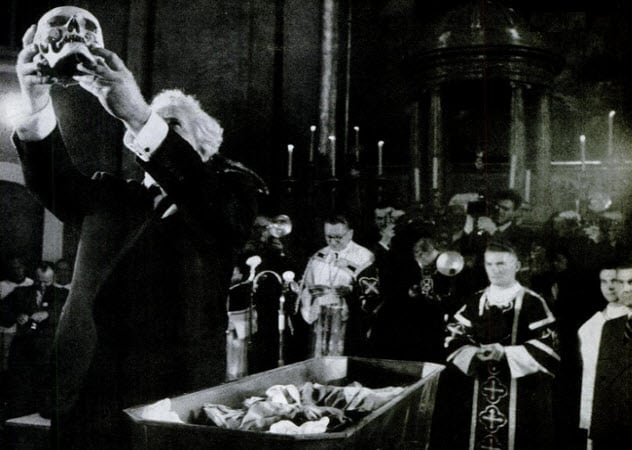
There are many body parts that were separated from the rest of the body and went on adventures. Few, if any, had a more curious history than the head of Austrian composer Joseph Haydn.
Haydn found success when he began playing music at the court of the wealthy Esterhazy noble family. Then, in 1809, he died. However, at that time, Vienna was being attacked by Napoleon, so Haydn was only granted a small funeral. This allowed two of his acquaintances/fans, Rosenbaum and Peter, to bribe the local undertaker into giving them Haydn’s head.
Both men were enthusiasts of the latest fad, phrenology, and wanted to measure the skull of a genius like Haydn. For years afterward, the cranium served as one of Rosenbaum’s most treasured possessions which he proudly displayed in his home.
A decade after Haydn died, his patron Prince Nikolaus Esterhazy thought it was about time to build his former musician a proper tomb. He dug up the remains and found that they were missing a skull. He tracked down Rosenbaum easily as the latter was not shy about showing off the head. However, Rosenbaum maintained possession by presenting a different skull and hiding the real one.
After Rosenbaum’s death, the head was passed down multiple times until it ended up with the Society of Friends of Music in Vienna. They surrendered it to Prince Paul Esterhazy, who wanted to finish what his ancestor had started and build a marble tomb for Haydn in Eisenstadt.[4]
In 1954, the head was finally reunited with the rest of the body, and now Haydn’s tomb has two skulls in it.
6 Shakespeare’s Naughty Joke
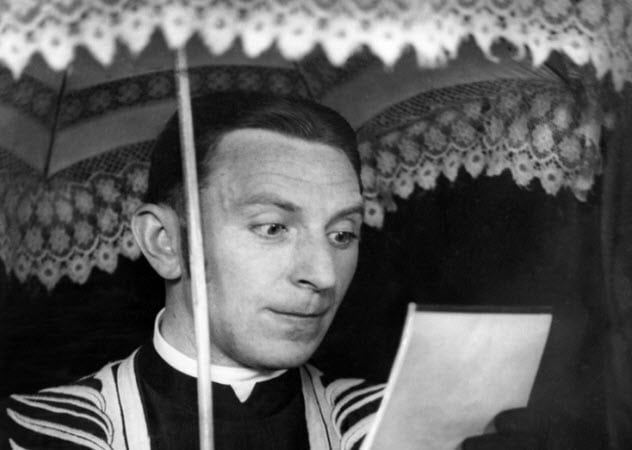
Shakespeare was never as stuffy and pretentious as schoolteachers would like him to be. In fact, his plays had quite a few dirty jokes, and on one occasion, he slipped the c-word in there.
He did this to mock the puritans who often protested the theater. In Twelfth Night, there is a pretentious butler named Malvolio who is in love with his mistress, Countess Olivia. He is considered one of Shakespeare’s most loathsome roles, and the other characters make fun of him, particularly in a scene known as “The Gulling of Malvolio.”
The butler is tricked into thinking that Olivia loves him back through a fake love letter. Reading it out loud, he convinces himself that it is real by saying, “By my life, this is my lady’s hand. These be her very C’s, her U’s, and her T’s, and thus makes she great P’s. It is, in contempt of question, her hand.”
When read out loud, the “and” is pronounced as an “N.” Therefore, “CUT” becomes something a lot dirtier. It is complemented by the second part of the sentence, “and thus makes she great P’s (pees).”[5]
5 A Bloody Day At The Circus

There have been many circus accidents throughout history. One instance was particularly gruesome and also unusual as it involved, arguably, the tamest act on the card—the band.
The manager of the James Robinson Circus had an idea to wow the public during the parade and bring more customers to the shows. While passing through the towns, the circus band would play on a stage mounted atop the lions’ den. It proved successful, even though they were warned repeatedly that the rig was extremely unsafe.
One morning in 1870, the circus arrived in Middletown, Kansas. The procession started through the streets, and the band took their place on top of a cage filled with Barbary lions.
While making a turn, the leading carriages got tangled together and caused a panic. The driver carrying the lion cage lost control and hit a rock. The impact was forceful enough to collapse the braces supporting the roof, sending the entire band plummeting into the animals’ den.[6]
The lions mauled their victims in front of a shocked audience. A nearby hardware store was quickly raided for tools and weapons to enter the cage and save any potential survivors.
Of the 10 musicians, three were ripped to shreds and four others succumbed to their injuries later. The alpha lion, a giant beast known as Old Nero, also had to be put down as he attacked his keeper during the rescue mission.
4 A Night To Remember For Cesare Borgia

The Borgias were among the most notorious noble families of the Renaissance, synonymous with power, wealth, and intrigue. Perhaps none attracted more controversy than Rodrigo Borgia, who became Pope Alexander VI. However, his son, Cesare, gave him a good run for his money.
First of all, there was the infamous Banquet of Chestnuts, a party which may have taken place when Cesare became cardinal. It was described as the most debauched event ever held at the Papal Palace.
Then there is the matter of his brother, Giovanni, who was being groomed to become the new head of the Borgia family. He was murdered in 1497 under mysterious circumstances. People pointed at both his brothers, Cesare and Gioffre, as potential suspects.
However, this entry is concerned with an embarrassing moment from Cesare’s life—that of his wedding night. In 1499, he married a wealthy French noblewoman named Charlotte of Albret. After the festivities, he reported back to his father, saying that he had consummated the marriage eight times that night.
What Cesare failed to mention was that he had previously obtained some pills from the apothecary to help with his virility. And the apothecary had mixed the pills up and accidentally given him laxatives which kept him on the privy all night long.[7]
3 Robert Liston Sets An Infelicitous Record
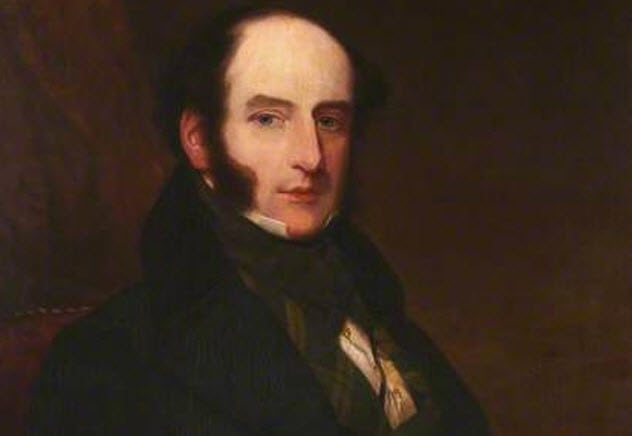
There was a time in the early 19th century when Scotsman Robert Liston was considered among the finest surgeons in Europe. He developed a reputation for quick amputations. This was at a time when every second could have made the difference between the patient surviving and bleeding to death. However, they weren’t all winners as Liston is reportedly the man behind the only operation in history with a 300 percent mortality rate.
The story comes to us courtesy of fellow British surgeon Richard Gordon. He praises the skill and speed of Liston’s operations but mentions that his most famous cases weren’t really shining beacons of success. On one occasion, the surgeon managed to amputate a leg in two-and-a-half minutes. But, in his haste, he also cut off the patient’s testicles.
In Liston’s defense, this was in a time before anesthesia. His patients screamed and convulsed, so it was possible to take a little extra. This happened during another amputation when Liston removed the leg. But he also cut off two fingers from his assistant who was holding the patient down as well as the coattails of a gentleman watching the surgery.[8]
Both the patient and the assistant later died from gangrene. According to Gordon, the spectator also died of shock thinking that the surgeon’s knife had sliced through him.
2 Mary’s Bad Hair Day

According to legend, on the day of her execution, Mary, Queen of Scots, suffered the added indignity of revealing to the world that she was bald. The story goes that the executioner picked up her head and said, “God Save the Queen.” Then her head dropped and rolled away while he was left holding a red wig.
The main source we have for Mary’s death was an eyewitness named Robert Wynkfielde. He confirmed the part about the headsman trying to lift the head and revealing that the former queen had worn a wig. However, Wynkfielde says that Mary had short gray hair “as one of threescore and 10 years old.”[9]
That wasn’t the only peculiar moment of the execution. It took three swings to decapitate Mary. The first one missed the neck and hit her in the head, while the second still left a tendon connecting the two.
After she was dead, one of the headsmen discovered that Mary had her little dog hiding under her petticoat. It sat between her head and shoulders and refused to leave its former mistress.
1 The Perversions Of Tiberius
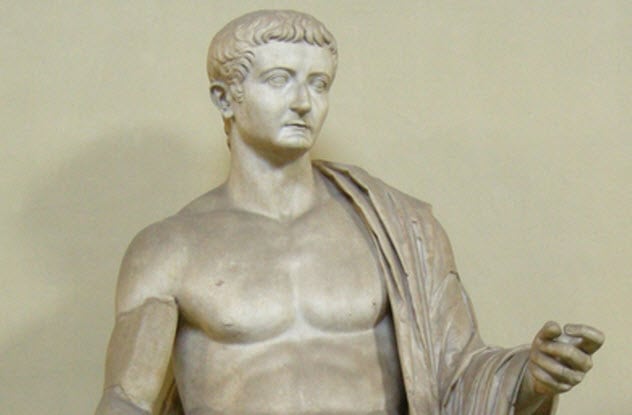
Nero and Caligula are well-remembered today for their acts of depravity, but their predecessor, Tiberius, less so. However, Tiberius could have been the vilest of them all and regularly engaged in pedophilia with little boys and even infants.
The biggest issue here is how reliable you consider the ancient sources. In this case, the basis for Tiberius’s deviances is Suetonius’s The Twelve Caesars. However, the work is filled with gossip, rumors, and the author’s own biases, plus it was written 100 years after Tiberius’s reign.
It cannot be regarded as incontrovertible truth. Although it should be mentioned that in his Annals, Tacitus also accused the emperor of plunging into “every wickedness and disgrace, when fear and shame being cast off.”
Certainly, there are undeniable reasons to fault Tiberius. He allowed the Praetorian Guard to achieve great power, which had repercussions on the Roman Empire for centuries to come.
He is generally accused of having “checked out” as emperor after the death of his son Drusus in AD 23. This is when Tiberius placed a lot of the power in the hands of Praetorian Prefect Sejanus and moved to Capri where he allegedly engaged in all the depravities he could think of.
According to Suetonius, Tiberius had bedrooms filled with pornographic paintings and sculptures and an erotic library. He had people take part in orgies while he watched. He had boys and girls dress up as Pans and nymphs and roam Capri’s woods and groves. While swimming, he had young boys “tease him with their licks and nibbles.” And, most disturbing of all, “unweaned babies he would put to his organ as though to the breast.”[10]
Read about more unexpected firsts that were kept out of the history books on 10 Unexpected Firsts Left Out Of The History Books and 10 Historical Firsts That Didn’t Make It Into History Books.








